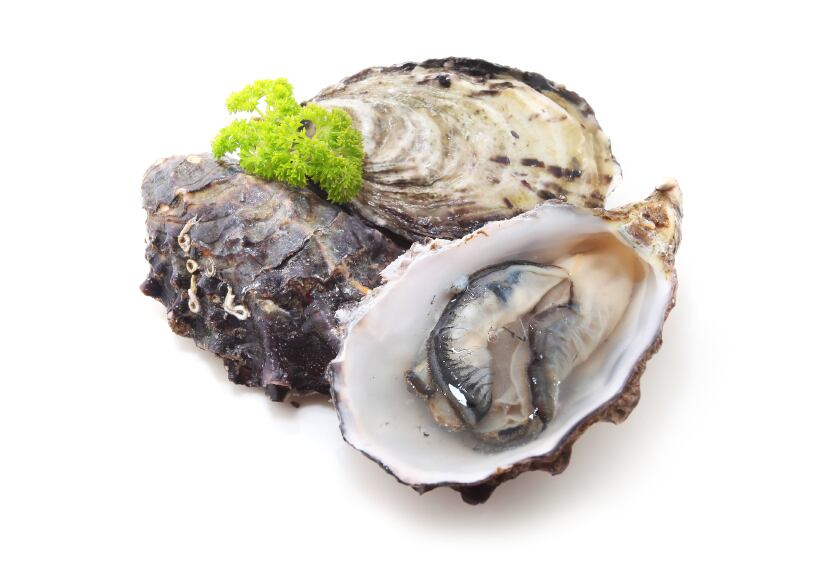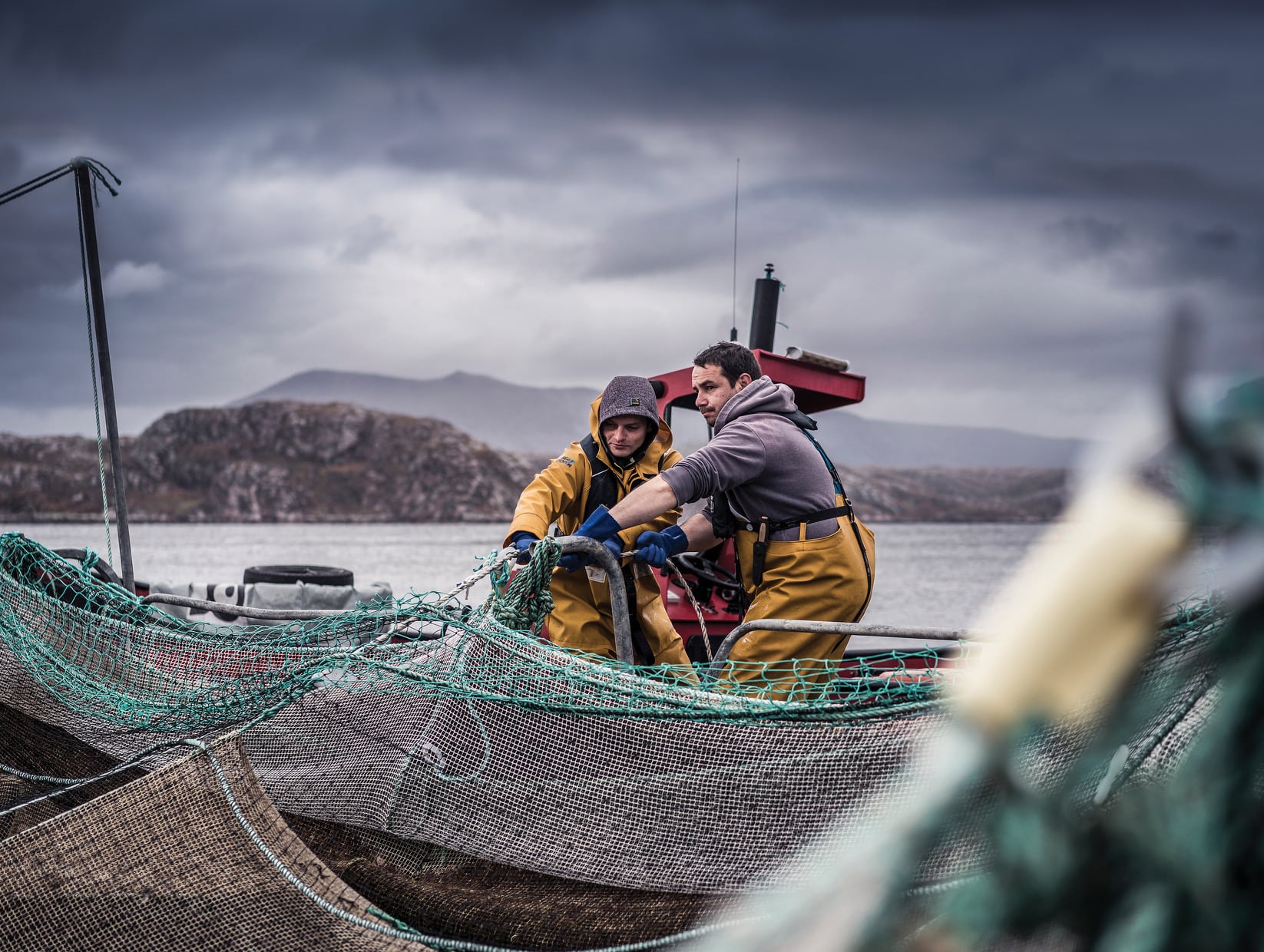Scotland’s aquaculture sector attracts polarised positions, from those who cite its economic contribution to those who stridently oppose its existence.
The 'Changing Tides' document is designed to be a catalyst for change in Scotland's seafood sector, in line with the country's goal to double the value of food and drink to £30 billion by 2030.
In the paper’s foreword, UK Fisheries Secretary Fergus Ewing said the plan will help deliver the next steps in driving the seafood sector through “these uncertain times” and beyond.
Ewing added: “Key building blocks are the need for sustainable management of resources and a willingness to innovate, helping to create investment and maintain high-value jobs, often in the most remote and rural communities in Scotland.”
Realising the industry’s full potential
Patrick Hughes, Head of Seafood Scotland, said: “Our reputation for quality and sustainability has seen Scottish seafood travel all over the world, and with additional support from partners at home, the industry can sustain the status quo and go on to achieve significant growth.
“This plan underlines the long-term nature of our industry. Brexit, or at least the ongoing negotiation, is happening now – but this action plan sets out a clear strategy for the next few years. Irrespective of what’s happening this year, the undertakings laid out in Changing Tides are necessary to move the industry forward. Without action we will be unable to realise the industry’s full potential.”
18 steps for growth
The document sets out 18 challenges to address in areas ranging from marketing and investment to skills development and post-Brexit recruitment. These are based on four key themes: marketing; people and skills; investment and innovation; and the supply chain.
The plan outlines how the seafood sector will contribute to the Scottish economy by creating innovative new products and processes, finding new markets at home and abroad while expanding existing markets.
Scottish seafood’s reputation is global, reaching to Brussels, Boston, Beijing and beyond, according to the document. “Recent figures show that around 466,000 tonnes of fish is landed per year in Scotland, and along with just under 200,000 tonnes of farmed seafood, the value equates to around £560 million. Around 64% of the UK fishing fleet is Scottish, but the economic impact of their catch goes much further, with 8,380 processing jobs across 150 sites, and a further 12,000 jobs supported by the wider aquaculture sector.
“Our industry needs secure and long-term funding to promote Scottish seafood at home and abroad and strengthen our brand,” it said. “However, the funding of Seafood Scotland is uncertain and inflexible. This undermines efforts to market Scottish seafood, and puts in doubt the support available to exporters or potential exporters.”
It said a strategic review will take place into alternative long-term funding streams for marketing support for Scottish seafood.
Scotland’s seafood sector is economically and socially important too, especially in coastal and fragile rural communities, said Seafood Scotland.
Scotland has four out of five of the UK’s largest fishing ports, by landings, and accounts for most of the UK’s aquaculture production. Almost 5,000 people work on Scottish-registered fishing vessels, and there are over 8,000 jobs in seafood processing across Scotland. Aquaculture (including the supply chain) supports over 12,000 jobs, many of them in rural areas.
Concerns about workforce requirements post-Brexit
Post-Brexit arrangements must ensure all parts of the Scottish seafood industry have access to the workforce they need, said the document.
There are particular concerns in the processing sector and in areas of almost full employment, it said, where there is a heavy reliance on EU workers. “In the Grampian region, 70% of total reported workers in the processing sector were citizens of other EU countries in 2016; the rest of Scotland averaged at 57% 8 In the short and medium term future, it will be extremely difficult to replace EU workers with local workers with the relevant skill-sets.
“Therefore, post-Brexit arrangements around immigration and work permits must take account of the needs of the seafood industry including seasonal workforce, and its importance to the Scottish economy.”
The sector needs support
The plan calls for market intelligence and practical support to facilitate growth and requested greater support for business to navigate the commercial landscape. It said standards and accreditation should be used to support marketing and improve business performance and build trust and strengthen our brand at home and abroad.
“We will develop an online toolkit (or another appropriate resource) for industry that explains relevant standards and accreditations (such as MSC, PGI, SALSA and RFS), identifying the support available and work required to achieve and retain them,” it stated. It called for investment and innovation, declaring: “A priority for the whole sector is embracing technology innovation, and automation in particular, and support is needed.”
Inspiration from other leading visionary businesses
Seafood should to be incorporated into food education programmes in schools, it said. It also wants to develop a leadership programme for the seafood industry “that will not only develop world class leaders of seafood businesses but also a pipeline of leaders for the industry of the future. The programme will support businesses bringing through the next generation of leaders, especially within family businesses.”
‘We want growth that is equitable and profitable’
Scotland’s commercial fish stocks should continue to be harvested sustainably (both environmentally and economically) leading to increased long-term stability, according to the document.
“Sustainable fishing, responsible fisheries management and traceability have won confidence and trust from customers and consumers and brings benefits along the supply chain. We should continue to build on this,” it said.
“Our fishing fleet, which is seen as an exemplar in global sustainable fishing practices, is confident in securing a long-term income from the available sustainable fishing opportunities across all sectors.”
Maximising the value in waste
The industry body also requested better data on the value chain in Scotland to unlock growth potentials, adding that transport and infrastructure constraints must be improved.
It also believes that the potential to make better use of waste in the sector should be embraced.
“Bio-based waste and by-products from fish and shellfish (farmed and caught) add up to some 190,000 tonnes a year in Scotland.9 Using these more innovatively – for example, in agriculture, animal feeds, nutraceuticals, cosmetics and other industries – could create new income streams for waste producers, create jobs, and boost the circular economy in Scotland.
"We recommend that the industry build on existing studies – such as the Circular Economy Sector Study on Fish10 – and work actively with Scottish Government and Zero Waste Scotland to develop commercial solutions around waste and by-products.”
There are “real opportunities to be grasped”
James Withers, Chief Executive of Scotland Food & Drink, added: “The Scottish seafood industry is a key driver in the economy. It is the star player in Scotland’s food export journey with a growing strength of reputation. However, there are still real opportunities to be grasped in international markets as well as across the UK. This plan reflects the ambition of the entire food and drink industry in Scotland. There is a £30 billion prize out there by 2030 for Scottish food and drink. This new vision and roadmap for our seafood industry will mean it plays one of the most significant roles in unlocking that huge opportunity.”



